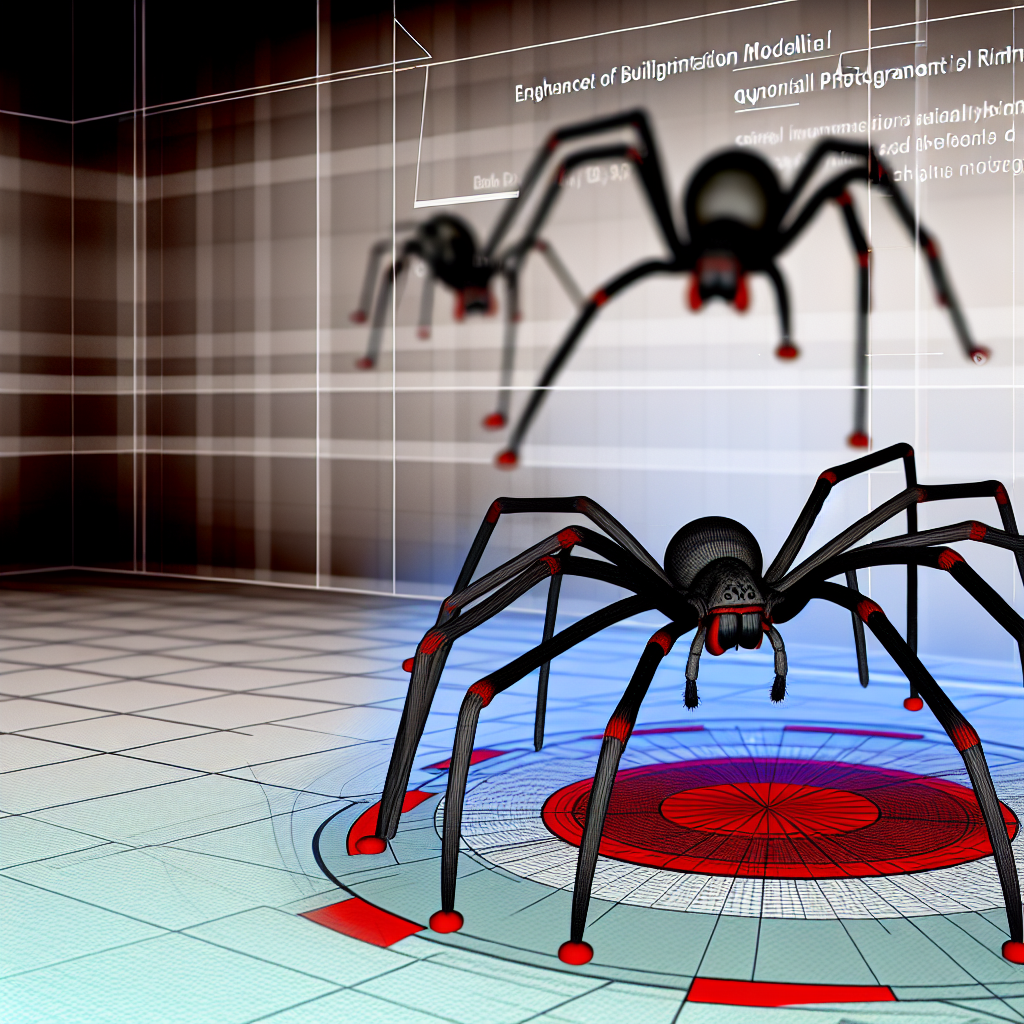In the realm of Building Information Modeling (BIM), understanding the *Spider Graph family* in Revit is essential for analyzing complex spatial relationships and managing large datasets effectively. This article explores the fundamentals of Spider Graphs, their application within Revit, and how they enhance project workflows, providing valuable insights for architects and engineers alike.
Understanding the Spider Graph Family in Revit
The *Spider Graph family* in Revit refers to a set of specialized graph-based visualization tools designed to interpret and display complex interconnected data within BIM models. Unlike traditional 3D models that focus on geometric representation, Spider Graphs emphasize relationships, hierarchies, and data flow among various building elements. These graphs are particularly useful for visualizing pathways, connectivity, and dependencies within large projects.
At their core, Spider Graphs leverage network theory principles, enabling users to identify critical nodes, bottlenecks, and optimize systems like electrical layouts, plumbing networks, or structural frameworks. By integrating the Spider Graph family into Revit, professionals can improve decision-making, detect conflicts early, and streamline coordination among disciplines.
Application and Benefits of Spider Graphs in Revit
Applying the Spider Graph family in Revit involves generating dynamic visualizations that map out interconnected elements within a BIM project. This process typically includes:
- Creating custom families that represent different types of connections or data points.
- Employing plugins or built-in tools to convert data into network visualizations.
- Analyzing the resulting graphs to uncover complexities or redundancies within the design.
The benefits of using Spider Graphs are substantial. They enable professionals to:
- Enhance understanding of complex systems through clear visual representations.
- Identify critical connection points which are crucial for system performance and safety.
- Optimize resource allocation by detecting inefficiencies and potential conflicts early in the design process.
- Facilitate interdisciplinary collaboration by providing a common visual language for all project stakeholders.
Furthermore, integrating these graphs with Revit’s BIM environment allows for seamless updates and real-time analysis, making project management more agile and accurate.
Conclusion
The *Spider Graph family* in Revit offers a powerful approach to visualizing and managing complex interconnected data within BIM models. By leveraging these graph-based tools, professionals can improve design clarity, detect conflicts early, and enhance project collaboration. Adopting Spider Graphs can significantly elevate the efficiency and accuracy of architecture and engineering workflows, making them an invaluable asset in modern BIM projects.
